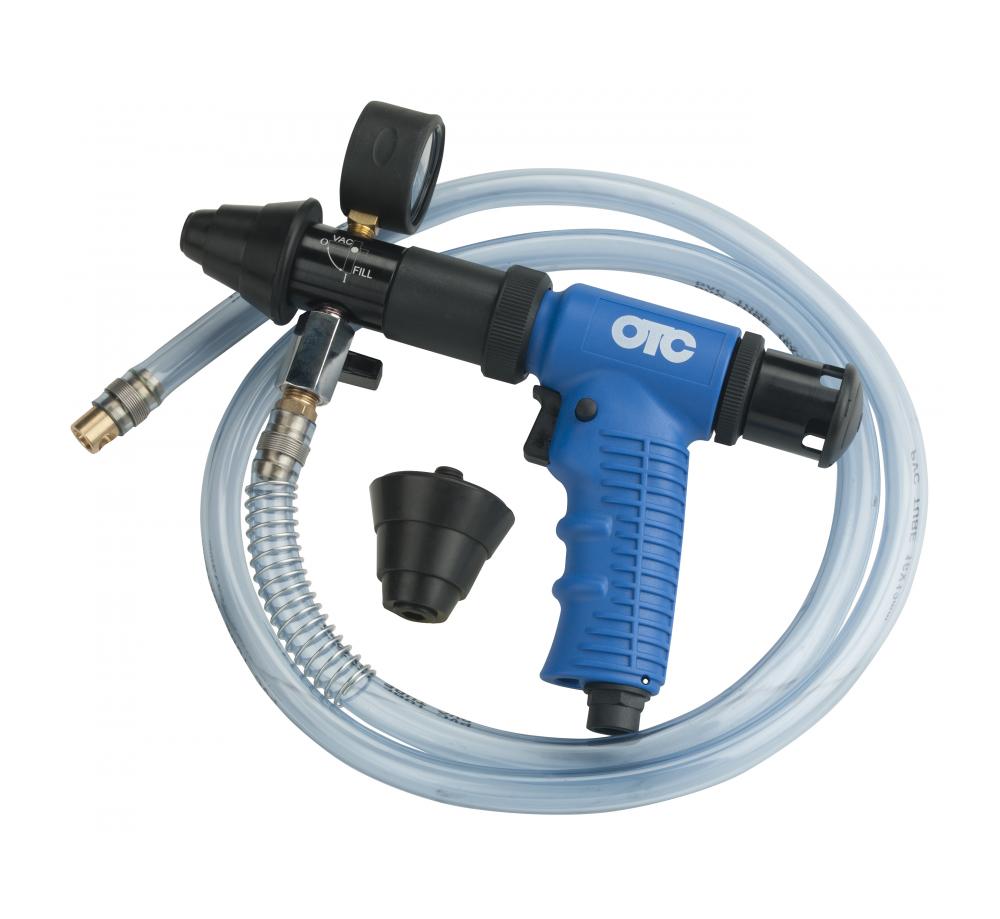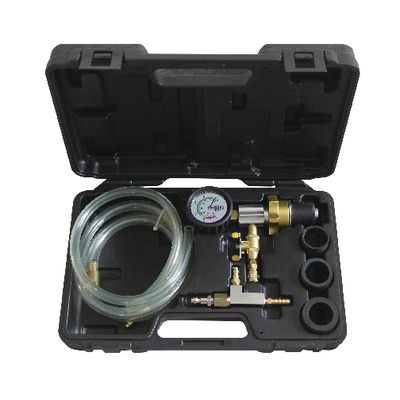

To all intents and purposes, a great misfortune for the producer. The repercussions in terms of reputation and brand reliability would be incalculable. The fear that other engines in the same batch might reveal the same problem, even over time, is entirely justified. On the contrary, a failed test of this kind, without further specifications, will generate uncertainty and concern about all the production stages that have been completed up to that point. On a finished engine it is not easy to find the cause effectively and specifically.

If the Leak Test is failed, it then becomes a priority to identify with absolute precision what problem caused it. If a leak is found, the faulty engine will not be able to proceed to the next assembly stage, which would otherwise generate additional costs in terms of inspections, man-hours and waste generation, where, on the contrary, there should have been a profit. In the automotive industry, in order to test the tightness of an engine and ensure that it does not leak fluids, a Leak Test must be carried out to certify its suitability for installation on the vehicle and, ultimately, for road worthiness. Others will cover all years and engine types.Hybrid engines: the Leak Test that detects leaks at every stage of construction Some guides will be specific to early Diesels, some to late. These various W123 chassis models shared many components but also have some distinct differences. There were also several gas engines across the range. 240D remained naturally aspirated throughout their entire run.

The OM616 2.4 liter diesel engines in the U.S. W123's were turbocharged (in other parts of the world a turbo charger remained an option). Afterwards, the OM617 3.0 liter diesel engines in U.S. Turbo diesel models will have "TURBODIESEL" on the rear of the car, but there is no designation between turbo and non-turbo in the model numbers.Įarly Diesel models offered in the United States, up to about 1981, were not equipped with turbochargers. It's good to remember that "TD" does not stand for turbo diesel and instead designates the touring models. A 200T is a 2.0 liter carbureted gas engine touring/station-wagon model that was not available in the U.S.A 300TD is a 3.0 liter diesel engine station wagon.A 240D is a 2.4 liter diesel engine sedan.If there is no "T" or "C" then it is a 4-door sedan. "T" stands for touring, otherwise known as an estate or station-wagon. If there is no "E" or "D" then it is a carbureted gas engine.Ĭhassis sub-type is designated with another trailing letter after the number. "E" stands for Einspritzung, which refers to fuel-injection on the gas engines. So a 280E has a 2.8 liter inline-6 cylinder engine.įuel type was indicated by the trailing letter after the number. Within the W123 chassis, as it typical for Mercedes of the era, cars were named after their engine size, fuel type, and chassis sub-type.Įngine size was designated by its displacement in liters. W123 is the internal chassis-designation Mercedes-Benz used for their executive line of cars, manufactured between 19.


 0 kommentar(er)
0 kommentar(er)
